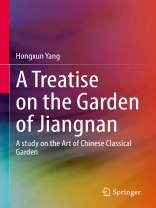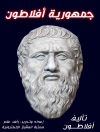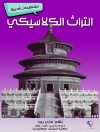This book presents a study into the art of Jiangnan classical garden. Jiangnan (“the south of the Yangtze River”) refers to the water network region along the lower reaches of the Changjiang River (formerly known as Yangtze River), where Jiangsu Province Chinese gardens were primarily constructed during the 16th and 17th centuries of the later Ming and early Qing dynasties. The Jiangnan garden, an architectural space where artificial and natural elements are combined, represents the elite of classical Chinese gardens and serves as a prime exemplar for its northern counterpart, the Ming and Qing imperial gardens.
The book pursues an interdisciplinary approach, combining historical information with case studies and other methods. Charts and pictures are used to supplement and reinforce the conclusions drawn from the macro narrative, enhancing the authenticity and readability of the historical monographs. It represents the first study of the classical art of landscape design in China, offering readers an insightful introduction.
Inhoudsopgave
Preface The Classical Garden of China – An Art of Time and Space that Portrays Nature.- Chapter One Introduction.- Chapter Two On the Art of Landscape Design.- Chapter Three On the Design of Garden.- Chapter Four Critique and Discussion on Some Typical Gardens.- Chapter Five Conclusion.- Appendixes 1 Catalogue of the Illustrations of A Treatise on the Garden of Jiangnan.- Appendixes 2 A Treatise on the Garden of Jiangnan a Synopsis.
Over de auteur
Hongxun Yang is a professor specialized in the classical art of Chinese landscape design. He has served as director of the Institute of Archaeology, Chinese Academy of Social Sciences, director of the Institute of Architectural History, the Architectural Society of China, a member of the Russian National Academy of Architectural Heritage Sciences, and an advisor to UNESCO.












